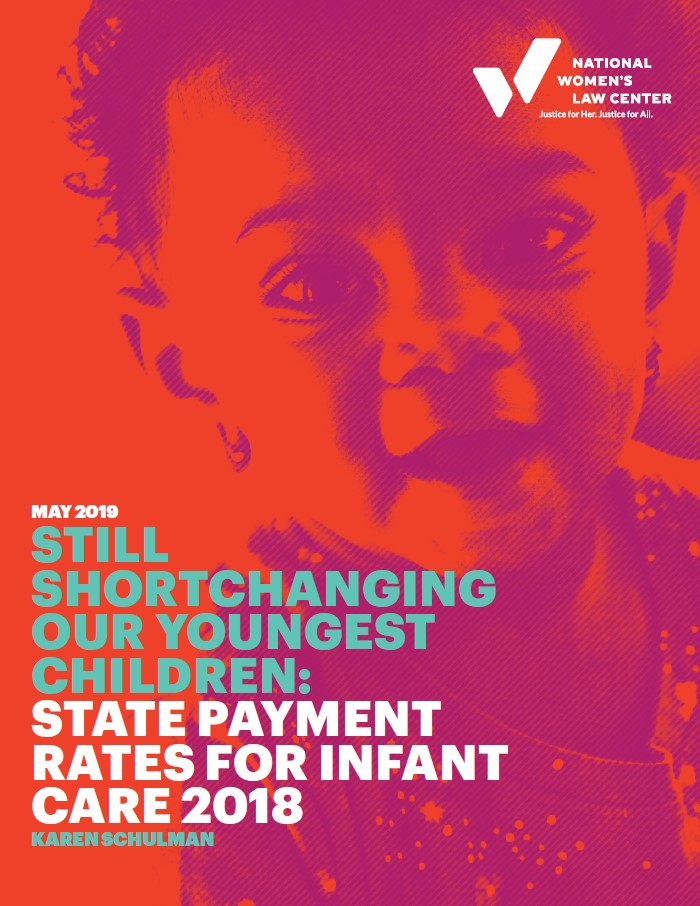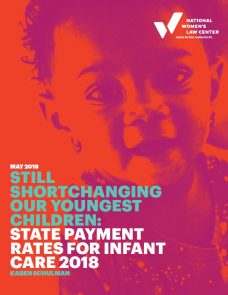
 High-quality infant care is essential for families. During the first few years of life, children’s brain architecture—the foundation for later learning and well-being—is built. Given the importance of the early years, infants need child care environments that encourage their healthy growth and development. Parents also need reliable infant care so they can work and support their young families or so they can attend school to get the education and credentials they need for a better job. Yet high-quality infant care is hard to find and difficult to afford, particularly for low- and moderate-income families.
High-quality infant care is essential for families. During the first few years of life, children’s brain architecture—the foundation for later learning and well-being—is built. Given the importance of the early years, infants need child care environments that encourage their healthy growth and development. Parents also need reliable infant care so they can work and support their young families or so they can attend school to get the education and credentials they need for a better job. Yet high-quality infant care is hard to find and difficult to afford, particularly for low- and moderate-income families.
Some families are able to receive assistance to help cover their child care costs through the federal Child Care and Development Block Grant (CCDBG). Under CCDBG, states have the flexibility, within federal parameters, to determine their own policies. States decide how much to pay the child care providers who serve families receiving child care assistance, which determines families’ child care options and child care providers’ ability to sustain their businesses. When payment rates for providers are too low, providers are reluctant to serve families receiving child care assistance and those providers who do serve these families lack the resources to offer the high-quality care that children need.
The federal government establishes some requirements and guidelines for how states should set these payment rates and offers some recommendations on where rates should be set. However, it does not require states to set provider payment rates at any particular level. Consequently, most states are not paying adequate rates for infant care, making it challenging for families receiving child care assistance to access high-quality care for their very young children.
This report analyzes state-by-state data from February 2018 on payment rates for infant care, including:
- Payment rates for center care (care in a child care center) for infants compared to the federally recommended level.
- Payment rates for family child care (care by a regulated provider in the provider’s own home) for infants compared to the federally recommended level.
- Tiered (higher) payment rates for higher-quality center care for infants.
- Tiered payment rates for higher-quality family child care for infants.
- Payment rates for center care for infants compared to payment rates for center care for preschool-age children.
- Payment rates for center care for infants compared to payment rates for family child care for infants.
